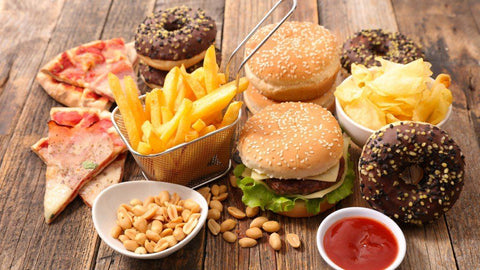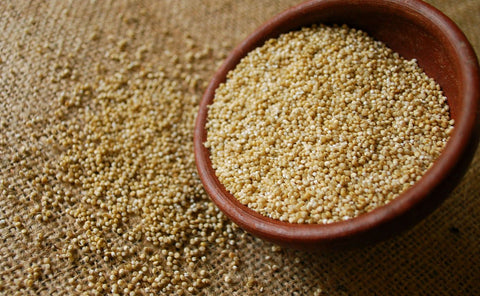Over the past few decades, their availability and affordability have increased explosively and deliberately, first in high-income countries, and then in the rest. In the United States, and also in the United Kingdom, around 60% of caloric intake now comes from ultra-processed products. In Spain, the proportion of calories obtained from these foods has also increased.
Messages about these products are also proliferating. In many press reports, they are pointed out as the main cause of the increase in obesity or type 2 diabetes. But what are ultra-processed foods? And what is the scientific evidence about their effect on health?
What are they?
Pastries, soft drinks, biscuits, nuggets, ready-made meals, dairy desserts… They are all products made predominantly (or entirely) from industrial ingredients and contain little (or no) natural food. As a result, they tend to have a high caloric density (due to their amount of sugars and fats) and a low nutritional quality (very little protein or micronutrients). In other words, they provide almost nothing, except packaged calories.
The term ultra-processed was first used by Carlos Monteiro in 2009. Currently, in the absence of a legal standard that establishes a specific definition, the most accepted one (at least in the field of public health) is that of Monteiro himself and collaborators. They define ultra-processed foods as “industrial formulations produced from substances obtained from food or synthesized from other organic sources.” And they continue: “Normally, they contain little or none of the intact food, are prepared to consume or heat, and are high in fat, salt or sugars and little in dietary fiber, protein, various micronutrients and other bioactive compounds.”
Ultra-processed foods have a long shelf life and very low production costs. In fact, the production of ultra-processed foods (e.g. sugary drinks) has become one of the most lucrative and fastest-growing commercial activities. They are cheaper than fresh or processed foods and are advertised using misleading messages (“high in vitamins”) and claims that seek to mask possible harm, in order to direct consumer demand.

What is its effect on health?
The scientific data on the harmful effects of ultra-processed foods are clear . Hundreds of studies have observed an association between the consumption of these products and an increased risk of obesity, diabetes, hypertension, cardiovascular disease, and also premature death .
In addition to these effects, a recent study of nearly 200,000 UK adults found that ultra-processed foods also increase mortality from certain types of cancer, particularly ovarian cancer in women . In 2022, research conducted in the United States linked ultra-processed foods to colorectal cancer. Adding to this growing evidence are findings on mental health.
As for the mechanism of action, there are several hypotheses. On the one hand, the damage may be due to the low nutritional quality of the most common ingredients in these products: free sugars, refined flours, unhealthy fats, or salt. In turn, the consumption of ultra-processed foods may displace the consumption of other foods with better nutritional quality, such as fresh or less processed foods. There are studies that suggest additional hypotheses, related to alterations in satiety signals, imbalances in the diversity and composition of the intestinal microbiota, or the pro-inflammatory and pro-oxidant effects of ultra-processed foods.

How to know if a product is ultra-processed?
Because they are made with excess sugar, fats and other synthetic additives, ultra-processed products often have organoleptic characteristics of industrial origin that stimulate the brain to increase appetite.
In this regard, experts such as Carlos Ríos, a Spanish nutritionist known for his fight against ultra-processed foods, say that to identify an ultra-processed product, all you have to do is look at the label. If it contains more than five different ingredients and among them there are sugars, refined flours, refined vegetable oils, additives or salt, it would be an ultra-processed product.
However, it is important to put these habits into practice so as not to lose sight of these ultra-processed products:
Look for artificial ingredients and additives: Ultra-processed products contain a lot of artificial ingredients, such as flavorings, colors, and preservatives, which are added to improve the taste and appearance of the product. Look for words like “artificial flavor,” “color,” and “preservative.”
Check the nutritional label: Ultra-processed products usually contain high amounts of saturated fats, sugars, and sodium. If a product has a high amount of these nutrients, it is likely ultra-processed.
Look at the appearance of the product : Ultra-processed products tend to have a uniform appearance and a smooth texture. For example, chicken nuggets and sausages are typically ultra-processed products that have a uniform texture.
Review the production process: Products that require a complex and technological production process are more likely to be ultra-processed. For example, breakfast cereals that are produced through extrusion are typically ultra-processed products.





Comments (0)
There are no comments for this article. Be the first one to leave a message!